Trend is one of the most popular words associated with fashion. Many actually believe that fashion is all and only about trends and what people wear and that this industry is made up of what’s in and out this season. But if you’ve been reading Glam Observer for a while, you know that fashion is much more than what is trending this season, and a trend is much more than what we should wear now to be trendy. As you are watching runway shows during Fashion Month, you might wonder how fashion trends start. Let’s see what they are and what they mean from a professional perspective.
First of all, let’s begin by saying that trends are not only created and influenced by the fashion industry itself. Trends are a reflection of the current situation and society we live in. If you think about the pandemic, everyone started wearing comfy clothes all day as we were staying home all the time due to lockdowns. Even workwear clothes changed, as many people were working from home and meetings switched over to Zoom calls, wearing a blazer matched with leggings became the new work uniform.
The demand for loungewear and activewear clothes increased exponentially and it was not because brands proposed sportswear on runways shows during fashion week. Consumers sought comfortable clothes to wear at home due to the new social conditions. That’s how Nike became the hottest brand in the world in 2020—the first time that a luxury fashion brand had not taken the top spot on the Lyst Index about top fashion brands. Wearing comfy clothes thus became a trend not dictated by the industry.
So, what is a fashion trend?
A trend is a change, a movement. Fashion trends start when a color, product, silhouette, pattern, material, or style becomes popular in a specific period of time. And by popular, we mean that the majority of people adopt, imitate, or replicate a particular style.
The concept of trend started in the 14th century when the upper echelons of society demonstrated their social position and wealth also by how often they could change their looks.
The characteristic of fashion trends is that they rise and fall. The 1900s were characterized by the corset that was then disrupted by Coco Chanel in 1920 who freed women from the restrictions of the previous eras. Instead of creating garments with corsets, she opted for a looser-flowing silhouette to allow women the opportunity for more freedom.
However, even though it’s true that trends emerge and go, if they are particularly short, we cannot define them as trends; the correct industry term is fads. Fads are particular styles, colors, or micro-trends that come and go very quickly, lasting just a couple of weeks, months, or one season. Whereas trends instead tend to last for years or decades, evolving and changing as they go, there could be variations, but the silhouette is more or less the same. The perfect example of this is denim. We have seen denim on the runway for years, although in different variations.
What sparks fashion trends?
Just like with the example of the pandemic, in the course of history, there have been many shifts in culture, technology, economic and social conditions, and fashion has reflected that with different trends.
Influences on fashion trends
Trends are influenced by our culture and society:
- pop culture
- television shows
- films
- music
- videos
- current events
- politics
- economics
Of course, the fashion industry also influences how fashion trends start. Most trends are spotted on the catwalks during fashion weeks. Designers work with trend forecasting agencies that build mood boards for brands with ideas about future colors, patterns, etc. Also, the colors used by brands in their collections are not chosen by chance or the creativity/idea/vision of the designer only. Brands take into consideration institutions such as Pantone that study and research the color of the year.
Trends can also be spotted outside of fashion shows. Street style looks play a major role in starting trends during fashion week, just as the runway itself.
Fashion editors then are those who go to fashion shows and spot the trends on the runway or outside, and spread them to all of us in the next editorials of magazines and articles that suggest what’s trending and what to buy each season.
Social media, especially TikTok and Instagram, play a big role in starting fashion trends. They are also responsible for their rise or decline. If before celebrities were the only early adopters of new trends and printed issues of magazines were the only place to read about trends, nowadays influencers and social creators can direct consumers’ needs and desires and inform everyone about trends even before an editor writes about them.
Trends are also dictated by new innovations, new technology and new materials. Think about the Nylon fabric introduced on the runway by Miuccia Prada.
Celebrities and other high-profile people, such as the royal family, for example, have also influenced how many fashion trends start. Think about how many posts you saw with Kate Middleton looks.
Trends Life Cycle
Fashion trends go through a five-stage life cycle from introduction when the trend is spotted for the first time, to rise when it becomes popular, up to obsolescence when it’s no longer trending.
Since trends work in cycles, some of them have returned and will continue to do so after the obsolescence phase. You might have noticed that something in the wardrobe of your parents is now trending again as well or that something you bought years ago but that you haven’t worn for years, is now something you want to wear again. The perfect example is the Nylon bag of Prada. Initially launched in 1984, it became obsolete and recently popular again. The brand relaunched in 2019 the new Re-Edition. Prada’s Re-nylon Re-edition 2000 mini bag has been named Lyst’s ‘Handbag of the Year’ for 2022, almost 40 years after the first nylon bag was introduced on the market.
Let’s see the fashion cycle of trends.
Introduction
The cycle of the trend begins with its introduction. So the first time that a new color, silhouette, material or style is seen. Most of the time we spot new trends on the catwalks when designers present a new collection, clothing worn by celebrities or influencers or by a significant economic and social condition like the pandemic.
Rise
This is the phase where that specific trend starts gaining momentum and traction: more influencers and trendsetters wear that specific trend (by choice or nowadays especially on social media by paid promotion. You might have noticed when many influencers promote the same product on the same week) increasing consumer demand. In this phase, the product or look becomes popular and aspirational for the general public. Mass markets and fat fashion brands will start producing (copying) that trend spotted on the runway and retail stores will stock similar products in response to the increasing demand.
Peak
In this phase, the trend has reached all consumers. It’s possible to find that style at the lowest costs available from other brands. Luxury brands at this point are already promoting the new trend.
Decline
Trends come and go. The decline phase is reached when the market is oversaturated. That trend is no longer aspirational.
Obsolescence
This is the phase when a new trend is rising and so the previous one has become not fashionable anymore.
The length of a cycle changes from trend to trend. Some trends last longer, and others especially recently, are running faster (hello fast fashion). When a trend is particularly short goes into a hypercycle and produces a fad or micro trend.
I hope this article gave you more clarity on how fashion trends start. From now on, you will start seeing with different eyes the runway shows, what colors brands use in their collections, how fast-fashion brands replicate the trend launched by a designer, what your favorite influencer is wearing, or the latest product you see on TikTok videos.
Want to learn how to spot runway trends as an expert (even if you don’t have experience or are still a student?
And discover how you can build a professional trends moodboard that you can use for your portfolio?
Join our Live Online Workshop so you can learn how YOU can spot runway trends as a professional.
>> This is a gift for all my students who enroll in my online course Break into the Fashion Industry. Enroll HERE to get it for FREE!
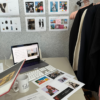


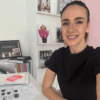
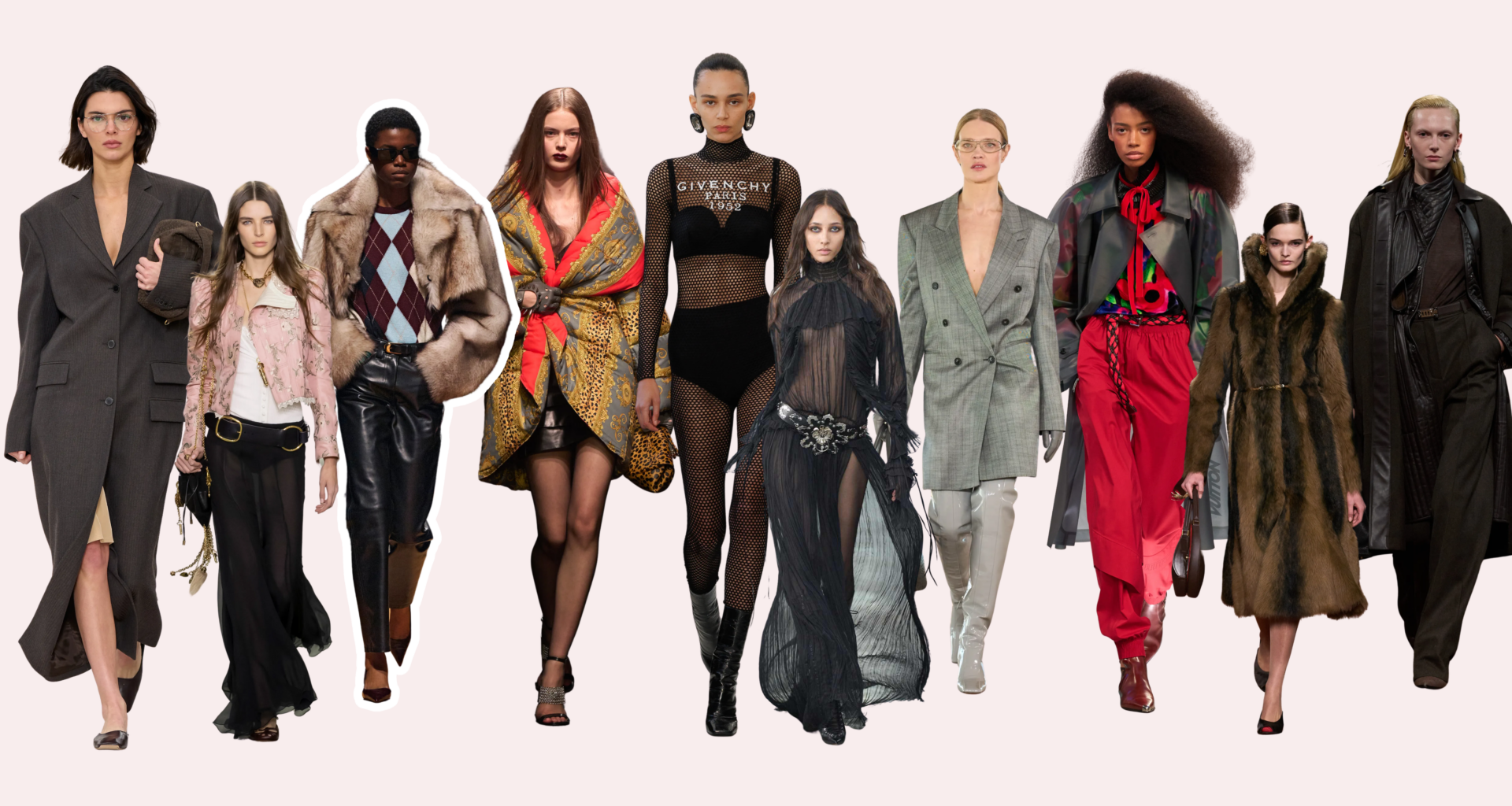

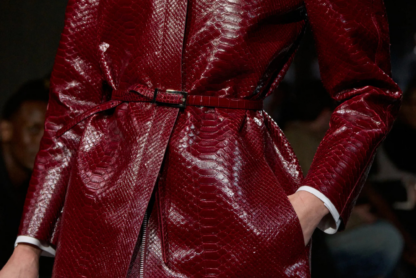
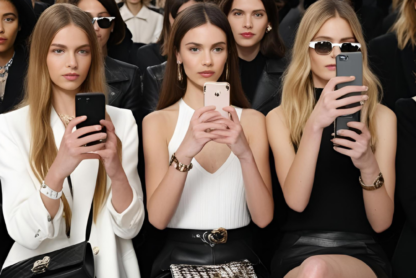
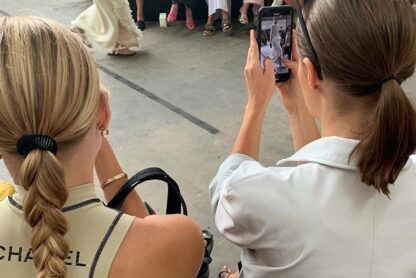
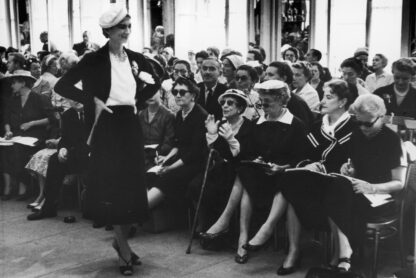

This was very helpful info about the fashion trends explained in very simple terms, its important for us to adopt to the trends that we feel like ourselves.
Hii, I derive a great sense of satisfaction from reading this article as it significantly assists me in making informed and precise decisions
Thank you for pointing out that purchasing a dress for the appropriate season should be your first step. I’ve been trying to figure out how to buy a dress for the summer. In order to find something that will be both comfortable and fashionable for the season, I will need to keep your suggestions in mind.
Thank you so much for sharing this article. As we know, Fashion designers play an important role in starting new fashion trends. Their constant innovation and unique designs capture people’s attention. When these designs hit the runway or red carpet, they can spark excitement and inspire others to follow.
“Your encouragement fuels my commitment to crafting captivating, link-driven content.”
archie andrews jacket
I just checked out the blog on how fashion trends start and loved the deep dive into their origins! It’s so true that trends are shaped by a mix of innovation and societal influences. Excited to see where the next wave of trends comes from!
An exquisite presentation marries style with creativity, model agency Germany (www.metromodels.com), setting the stage for future trends.